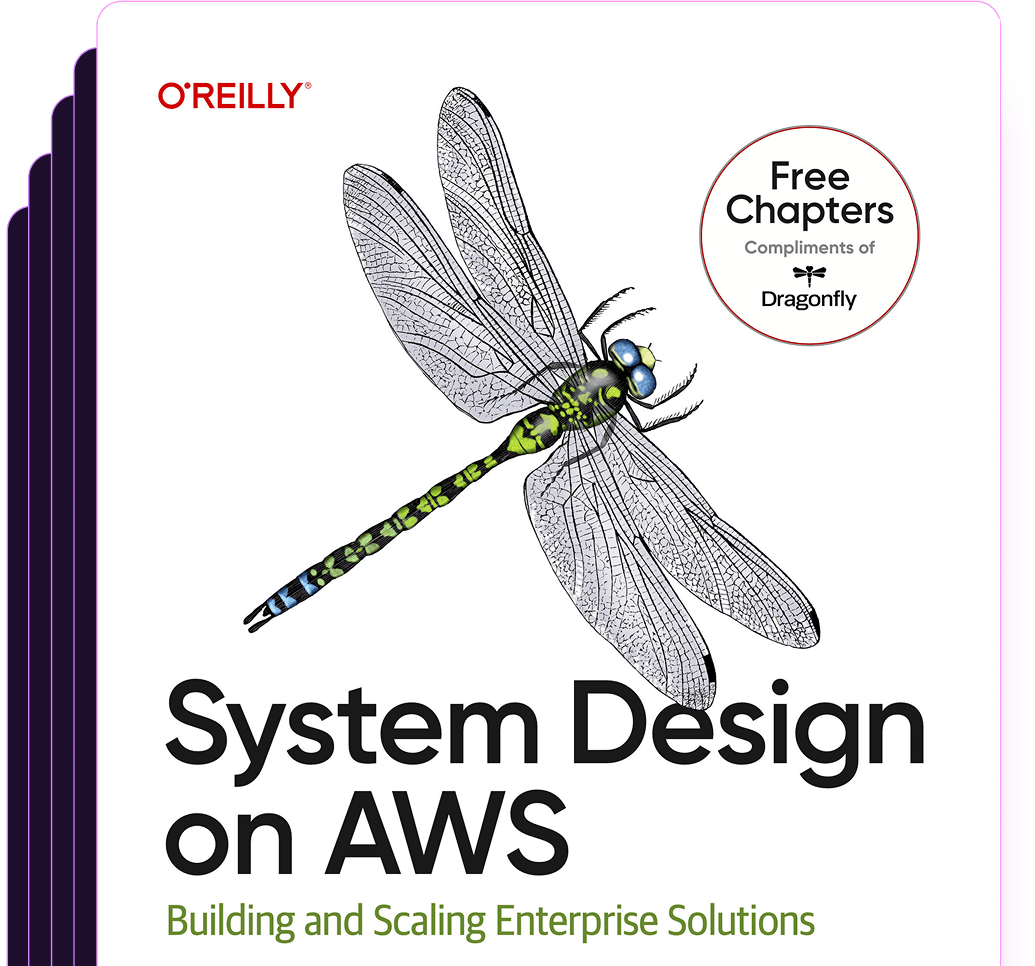Question: What is a cluster name in MongoDB?
Answer
In MongoDB, a 'cluster' refers to a group of servers that store your data. These can be part of different types of deployments such as replica sets or sharded clusters. The term 'cluster name' itself isn't a formal MongoDB terminology but is commonly used in practice to refer to the name identifying a particular cluster configuration or deployment.
Understanding Cluster Types
- Replica Set: This is a group of mongod instances that maintain the same data set. Replica sets provide redundancy and high availability.
- Sharded Cluster: It is a collection of replica sets (or shards) that distributes data across multiple machines. Sharding is MongoDB's approach to meeting demands of data growth by partitioning data across several machines.
Where You Might See 'Cluster Name'
- In managed MongoDB services like MongoDB Atlas, a 'cluster name' is more prominently used. Here, it helps you identify your cluster within the Atlas interface.
- In configuration files or when setting up monitoring tools, naming your clusters can help manage and distinguish between different environments (e.g., development, testing, production).
Example Usage
While there isn't a direct 'cluster name' setting in standalone MongoDB configurations, here is how it might be used in context with MongoDB Atlas:
{
"Atlas Cluster Name": "MyFirstCluster",
"Purpose": "Development Environment",
"Region": "US-East"
}In this hypothetical JSON snippet, a cluster is identified using a user-defined name MyFirstCluster for organizational purposes within MongoDB Atlas.
Conclusion
Although 'cluster name' is not an official MongoDB configuration parameter, it plays a crucial role in the management and identification of clusters within larger infrastructures or managed services like MongoDB Atlas. Naming conventions help in maintaining clarity and simplicity, especially when managing multiple clusters across various environments.
Was this content helpful?
Help us improve by giving us your feedback.
Other Common MongoDB Performance Questions (and Answers)
- How to improve MongoDB query performance?
- How to check MongoDB replication status?
- How do you connect to a MongoDB cluster?
- How do you clear the cache in MongoDB?
- How many connections can MongoDB handle?
- How does MongoDB sharding work?
- How to check MongoDB cluster status?
- How to change a MongoDB cluster password?
- How to create a MongoDB cluster?
- How to restart a MongoDB cluster?
- How do I reset my MongoDB cluster password?
- How does the $in operator affect performance in MongoDB?
Free System Design on AWS E-Book
Download this early release of O'Reilly's latest cloud infrastructure e-book: System Design on AWS.

Switch & save up to 80%
Dragonfly is fully compatible with the Redis ecosystem and requires no code changes to implement. Instantly experience up to a 25X boost in performance and 80% reduction in cost